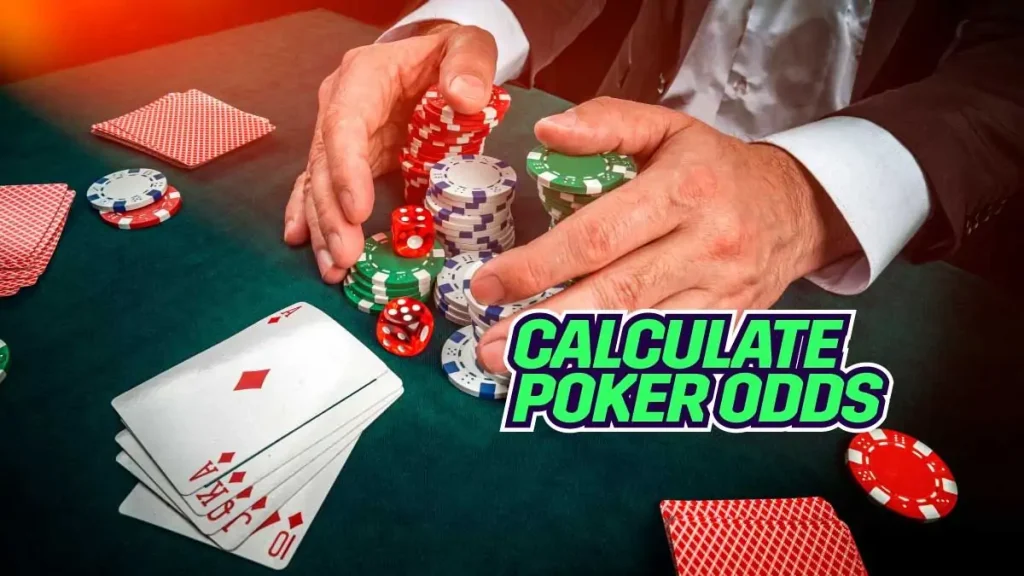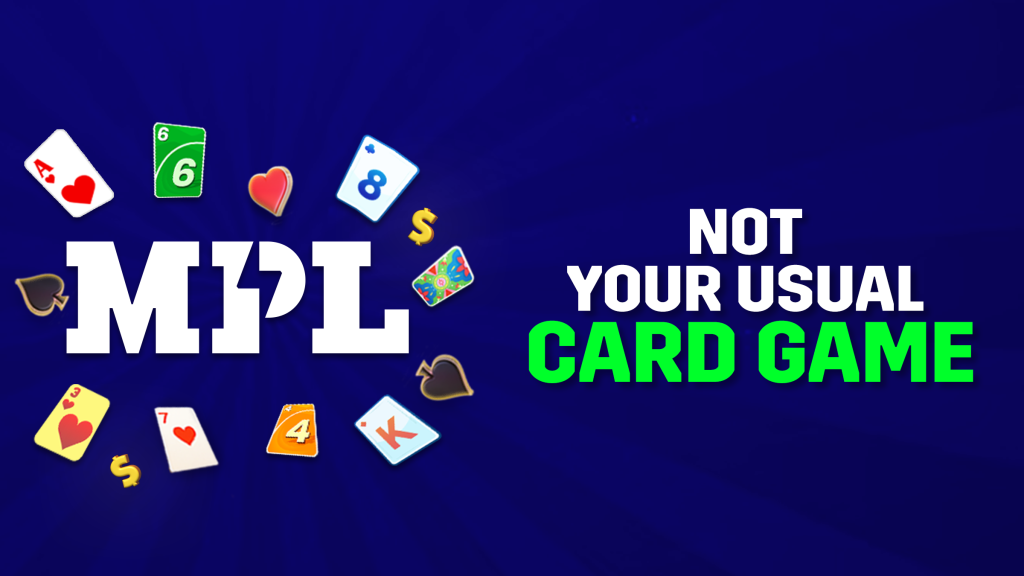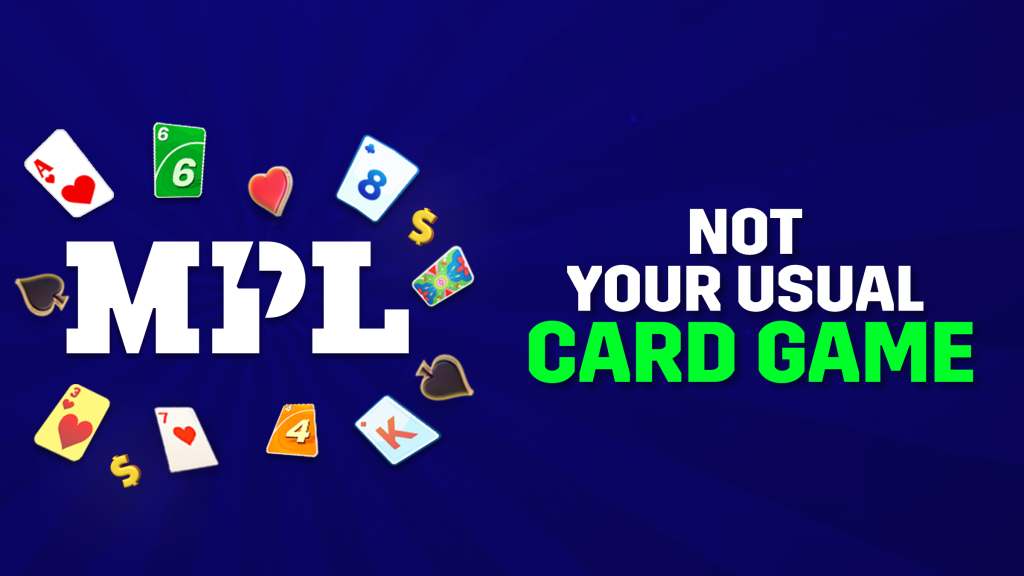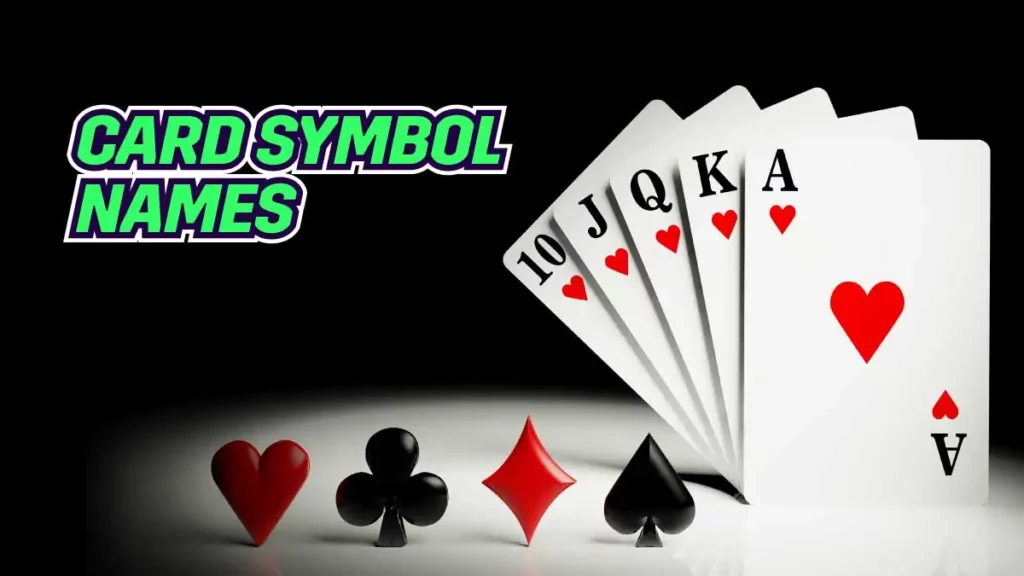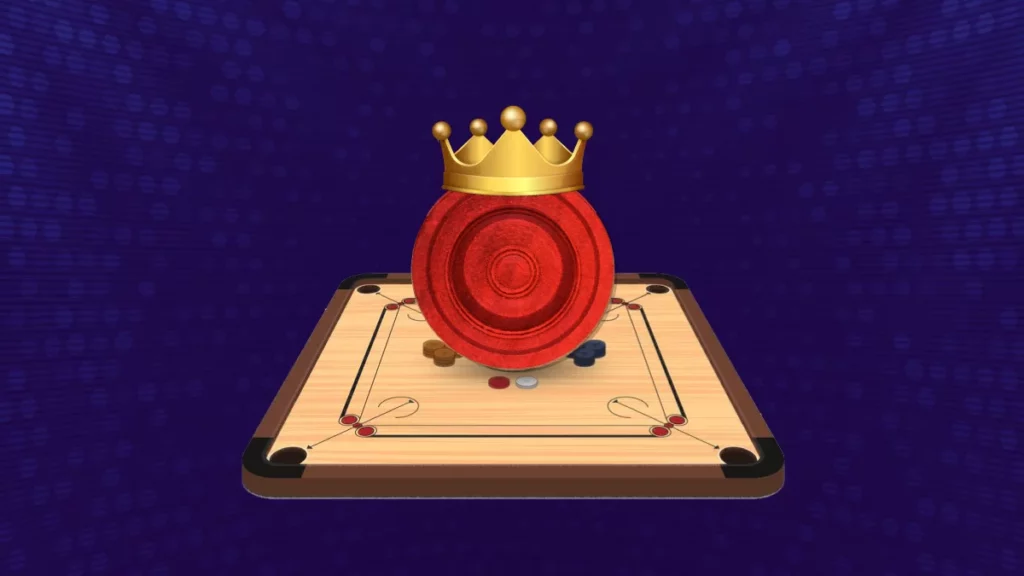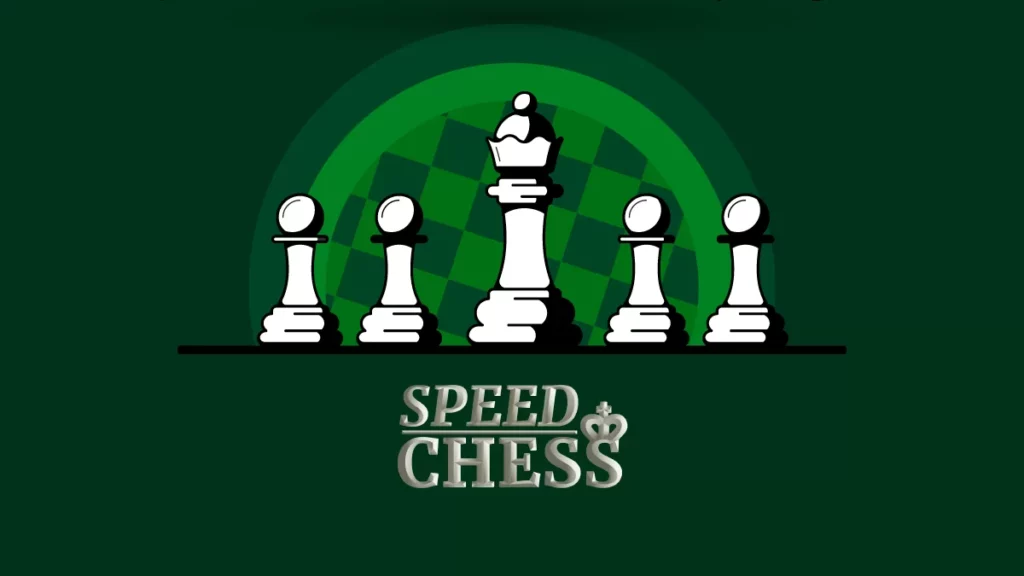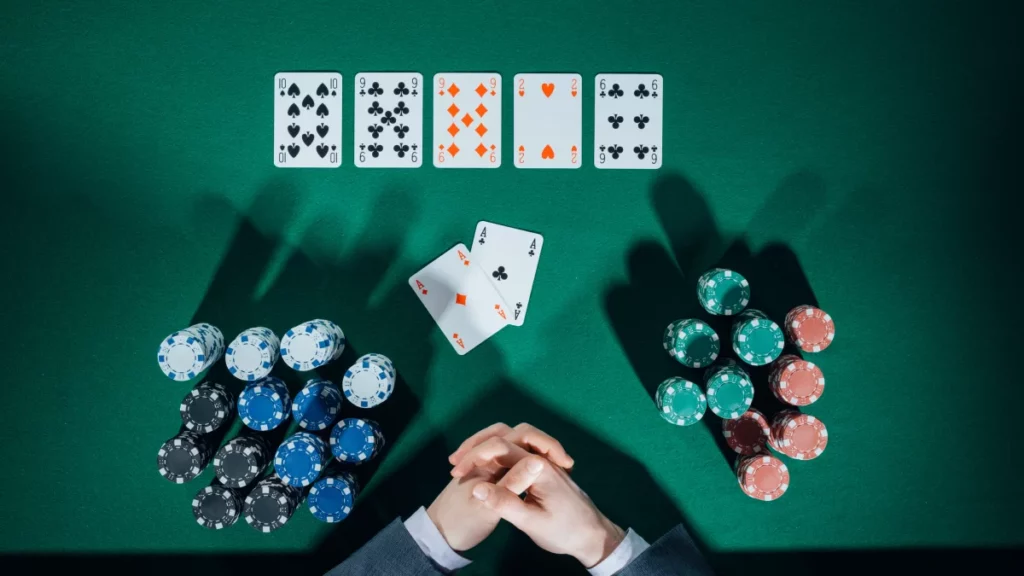Page Contents
ToggleWant to win more at poker? It’s time to get your numbers right!
Whether you’re a poker beginner or leveling up your game, understanding how to calculate poker odds can give you an edge in the game, especially in poker variants like Texas Hold’em on MPL.
In this easy guide for beginners, you’ll learn:
- How poker odds work
- What outs are and how to count them
- How to use pot odds, implied odds & hand equity
- A quick math trick to calculate winning chances
- When to call, fold, or raise based on the numbers
What are Poker Odds?
Poker odds, or poker probability, refers to the probability of winning or losing, or the offer price. It can also define how often you need to have the best hand to call a bet. Every bet, raise, or call that you make in No-Limit Hold’em has its own odds. To play poker, you should always think about good odds. Knowing your odds helps you make smarter, more profitable decisions in poker.
In short, Poker odds are based on:
- The cards you need (your “outs”)
- The cards left in the deck (unseen cards)
How to calculate poker odds?
You can calculate poker odds for all variants like Texas Hold’em Poker odds (Hi-Lo 7), Stud Hi-Lo, and Razz. To calculate odds, follow the steps below:
- Calculate the tentative ranks and the number of poker cards you have and those of your opponents. Here, players must calculate the total number of unseen cards. When the flop is dealt on the table, there are a total of 2 hole cards, 3 Flop cards = 5 Cards. This shows that there are 48 unseen cards. (52-5).
- For Texas Hold’em, follow these rules: there are 48 unseen cards, then 10 are outs, and the rest are losing cards. The relative odds, according to calculations, are: Losing cards = Outs/Winning cards = 38:10, which is 3:8:1.
- Another shortcut for calculating poker odds is that there are 10 outs when the flop is dealt, which means you have a 10×4= 40% chance of winning probability to get a winning card on Turn or River. 40% probability means 2:5:1 odds. After the turn, there are 10 outs, i.e, 20% chance of winning. The Poker hand odds become 5:1.
How to Count Your Outs?
An Out is any card that can improve your current hand. Look at the examples below to understand better:
Example 1: Flush Draw
For instance, you have four ♥️ cards and need one more to complete a flush.
We know that there are 13 cards of each suit in a deck.
Therefore, Outs will equal 13 – 4 = 9
You have 9 outs that can complete your flush.
Example 2: Open-Ended Straight Draw
For instance, you are holding 6♠ and 7♠, and the board shows 8♣, 9♦, and Q♦ as community cards.
This means you either need a 5 or a 10 to complete your straight.
There are 4 of each left, meaning you have a total of 8 outs.
Poker Odds Chart
The poker odds chart shows your percentage of improvement on the flop and turn with some commonly made hands or draws. Here’s a cheat sheet for your most common poker draws:
| Draw Type | Outs | Chance by River |
| Open-ended straight | 8 | ~31.5% |
| Flush draw | 9 | ~36% |
| Inside straight draw | 4 | ~16.5% |
| Two overcards | 6 | ~24% |
| One pair to set (flop) | 2 | ~8.5% |
Once you start playing poker regularly on MPL Poker, you’ll be able to calculate poker probability as you know them at the back of your hand, and you won’t have to look at the charts anymore.
Pot Odds, Implied Odds, Reverse Implied Odds, & Hand Equity
As poker players, you must consider a few sets of odds to understand where you are in a winning hand. These odds include:
- Pot Odds
- Implied Odds
- Reverse Implied Odds
- Hand Equity
What are Pot Odds & When Should You Call?
Pot odds are the ratio between the pot size and the size of the bet. Pot odds compare:
- How much does it cost to call?
- How much can you win if you hit your hand?
Let’s take an example,
- If the starting pot is ₹100
- An opponent bets ₹50
- The pot size is now ₹150
- You must call ₹50 to win ₹150
Therefore, Pot odds = 50 / (100+50) = 1:3 or 33%. So, you need at least a 33% chance of winning to make a profitable call.
The Rule of 4 and 2 for Quick Math
The 4-2 Rule is a way of turning how many outs you have into your odds of hitting them. It’s 4 times on the flop to hit on the turn or river, and simply multiply 2 on the turn to hit your draw on the river.
E.g., a flopped flush draw is nine outs. Multiply this by 4, and the odds of hitting it by the river are 36%. With the same nine outs left on the turn, multiplying it by 2 gives you an 18% chance of hitting the river.
This shortcut will help you estimate the probability of hitting your outs.
| Situation | Formula | Example (9 outs) |
| After the flop (2 cards to come) | Outs × 4 = % chance | 9 × 4 = 36% |
| After the turn (1 card to come) | Outs × 2 = % chance | 9 × 2 = 18% |
Compare this percentage to your pot odds, and if the % chances of hitting your hand are higher than your pot odds, the call is likely profitable.
Basic Math – Odds and Percentages
A formula for calculating poker odds from probability:
O = P / (1 – P).
The formula for calculating probability from odds is P = O / (O + 1).
Many websites provide a poker odds calculator; However, you can use these formulas to find the same when playing on MPL Poker.
Understanding Implied Odds in Poker
A term that is taken with pot odds or outs is implied odds. It generally means how much you want to earn later. For instance, if the pot size is 3:1 (a ₹200 pot and ₹100 bet), the winner will get ₹300 when calling your rival’s ₹100 bet. However, the odds will fluctuate over time. They are a player’s ability to predict if they’ll gain more than a few by considering future bets. It can turn a losing call into a profitable call.
In simple words, implied odds include not just what’s in the pot now, but how much more you might win if you complete your hand.
Let’s understand with an example:
For instance, you call ₹100 to win a ₹300 pot.
If you hit your draw, the opponent may bet again, letting you win ₹500+ instead of just ₹300. However, if you expect bigger future gains, you can call with lower pot odds now.
What Are Reverse Implied Odds?
Sometimes, even if you hit your hand, you might still lose; that’s the danger of reverse implied odds. Reverse implied odds suggest how much money you can lose in a hand. This is the exact opposite of implied odds. It refers to the amount of money you lose after calling a bet. They are also a concept of pot odds.
For example:
For example, you have 6♥ 4♥ on the turn with the board reading A♠ J♦ 7♥ 2♥. Four players are in hand, and one of them bets ₹75 into a ₹100 pot. The other two players call, and you have to act now. It will cost you ₹75 to call to win a ₹325 pot, which means you need 18.75% equity to call and show an immediate profit. You’re likely to hit a flush on the river 19.5% of the time, so calling might be possible.
However, with the other three players, one of them can have a superior flush draw. Then, you’re on the way to losing at least another bet. Reverse implied odds refer to those losses. It can turn a winning call into a clear fold.
Always consider:
- How strong your hand will be if you hit
- What stronger hands your opponents could be holding
Poker Hand Equity For Beginners
Equity is your expected share of the pot based on your chances of winning. When playing at a poker table, equity means the portion of the pot you will have provided that you win a hand at a certain time. In other words, equity is the percentage of time you win a hand in poker.
For Example:
- Pot = ₹180
- Your chance of winning = 50%
- Your equity = ₹90
Use equity to determine whether a call is profitable over the long term.
When to Call a Bet in Poker?
Before deciding to call a bet, ask yourself:
- What are my pot odds?
- What is the chance of hitting my hand?
- What are my implied or reverse implied odds?
- What is my equity?
If the math makes sense, call. If not, fold or raise strategically.
What is a Flip in Poker?
A “flip” is a situation where both players have nearly equal chances of winning. It’s often seen in poker tournaments when players go all-in before the flop. Knowing when you’re in a flip helps manage risk and expectations.
For example:
- A♠ K♦ vs. 9♣ 9♠ — Both hands are close to 50%
- It’s like a coin flip, hence the name.
Two players are all in pre-flop, keeping their hands on their backs. Both hands have an even odds of winning, 50/50 or more, similar to a coin flip. The most common situation is the classic pair vs. two overcards. e.g., A-K vs. 9-9 or A-J vs. 7-7. This flip works for any pair and overcards (even 2-2 vs. 3-4). In reality, the odds aren’t 50/50, but in most cases, they’re close. However, the “made” hand usually has a slight advantage pre-flop.
More on Calculating Poker Hand Odds
More than poker strategy, playing a good game is all about mathematics and the calculation of poker odds in real-time. If you know your odds of winning at any point in a hand, it is a good way of accurately figuring out how well you are at winning against your opponent.
If you want to be a good poker player, calculate pot odds with a thorough thought process to estimate what the most likely hands they are facing in any circumstance. This term is called “Putting Your Opponent on a Range” and is a crucial step in leveling up your game.
Now that you understand poker odds, you can apply this knowledge to your gameplay on MPL Poker:
- Use odds to make smarter decisions
- Practice in low-stakes games (starting at ₹5)
- Improve your win rate with skill-based play
- Compete with real players in secure matches
FAQs
How are pot odds calculated fast?
Pot odds are a simple calculation that you can try quickly. You must divide the amount of money you put in by the entire pot size and make the call. For example, ₹50 call into ₹150 pot = 33% pot odds.
What is the 2/4 rule in poker?
The rule of 4 and 2 is a quick and easy shortcut for calculating percentage odds and completing a draw in Hold ’em. To get percentage odds, do the following:
- When you are on the flop waiting for the turn, multiply your outs by 2.
- When you are on the turn waiting for the river, then multiply your outs by 2 again.
- Suppose the opponent is all in; multiply your outs by 4 when you are on the flop waiting for the river.
- After multiplying your hands either by 4 or 2, you will get a percentage that you can compare with your pot odds to see whether you can call a drawing hand or not.
How are card odds calculated?
Mathematicians measure probability using a similar principle of division and addition. For example, you add up the number of diamonds in a complete deck (13) and divide this by the total number of cards in the deck (52) to get the probability of randomly drawing a spade: 13 in 52, or 25 percent.
What’s the difference between odds and probability?
Probability is the chance of something happening. Odds in poker compare that chance to it not happening.

